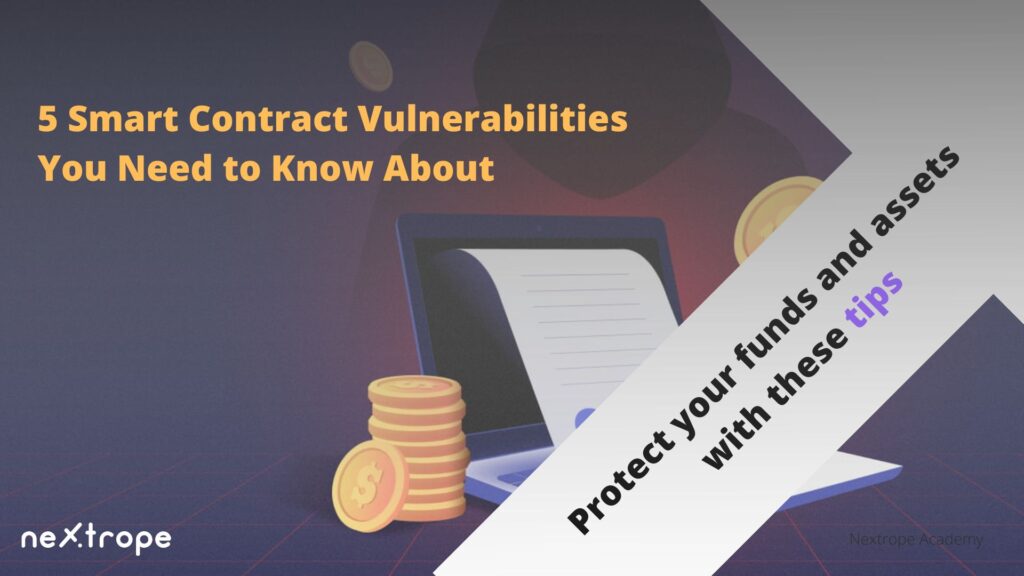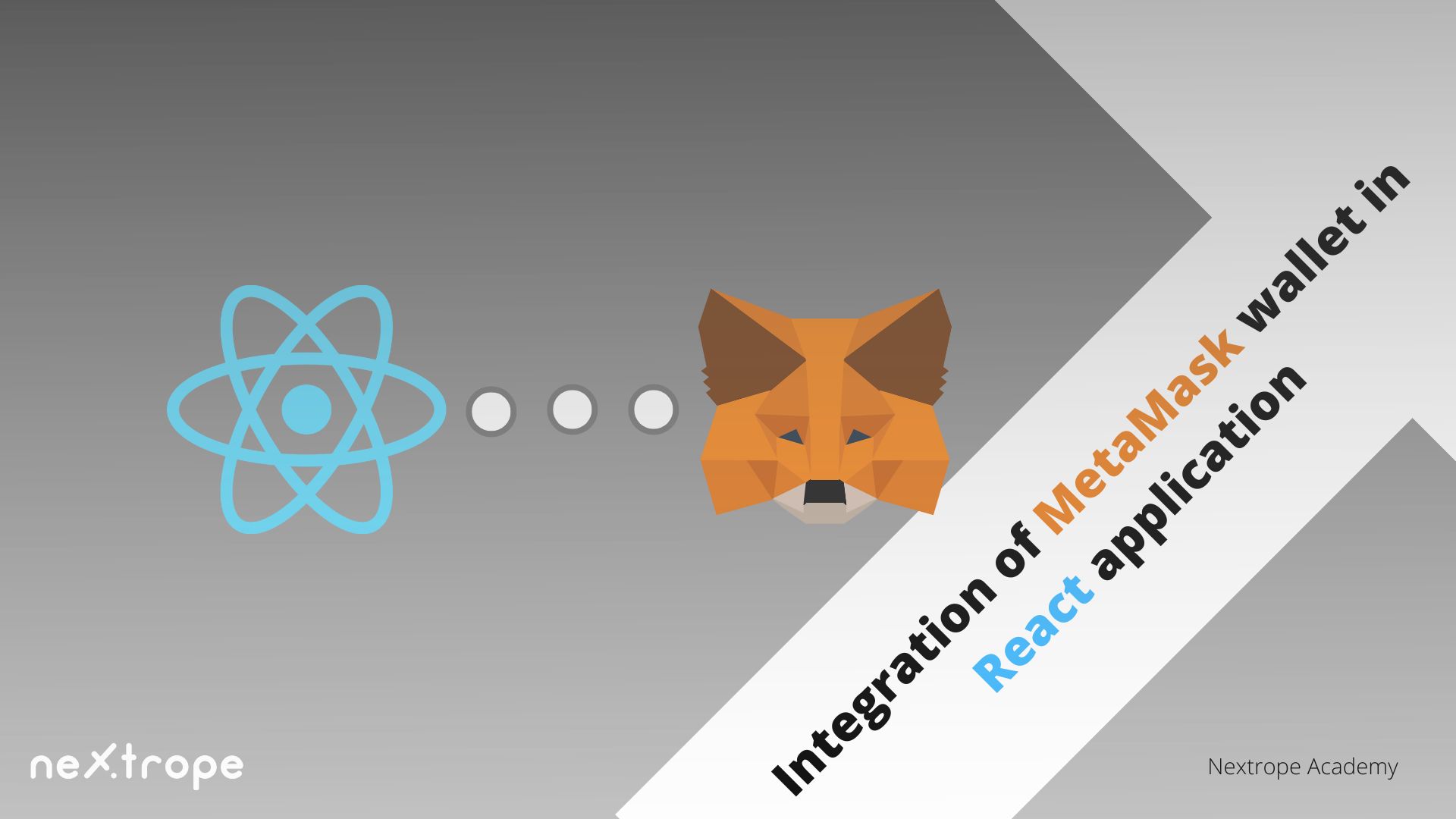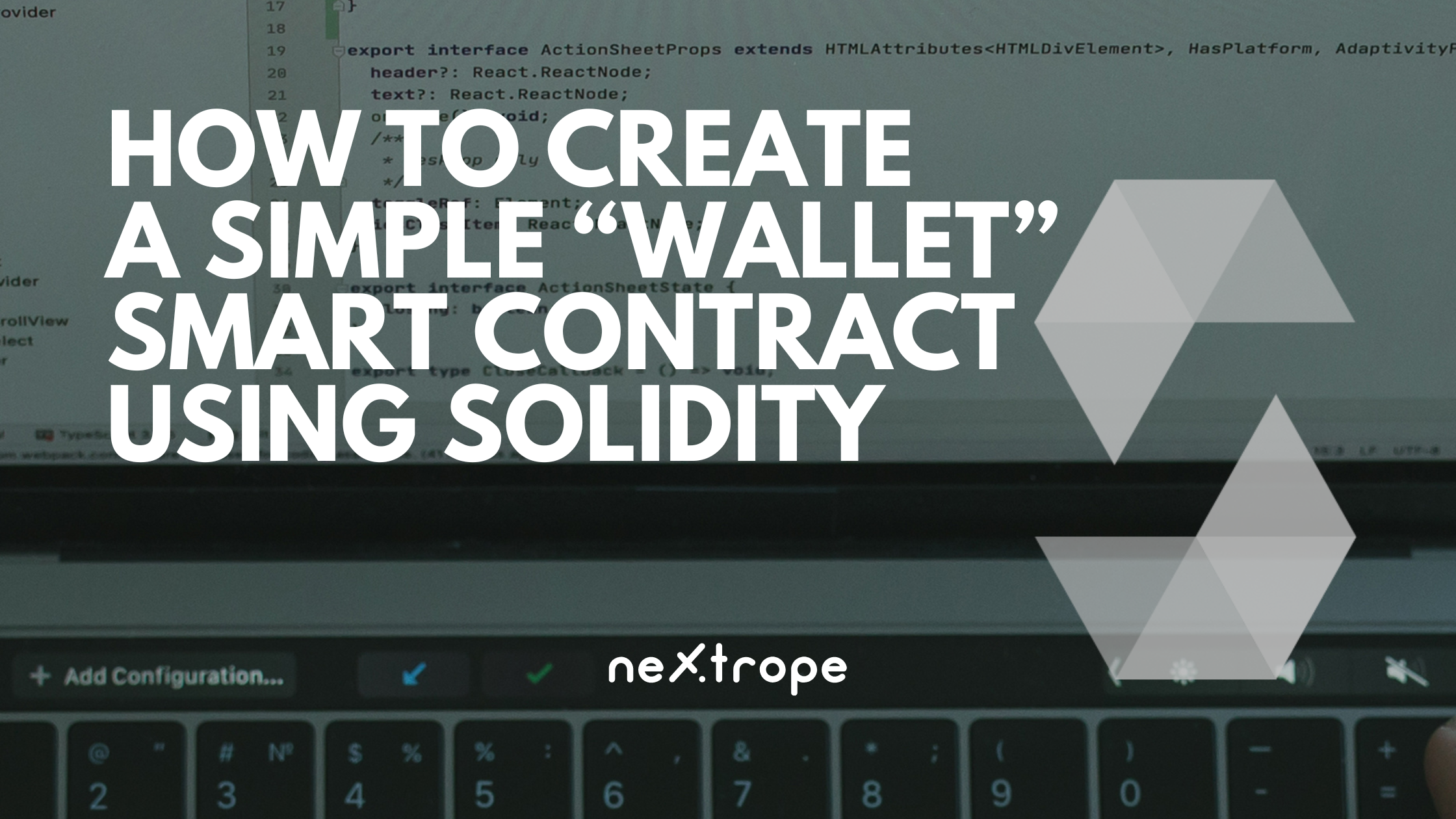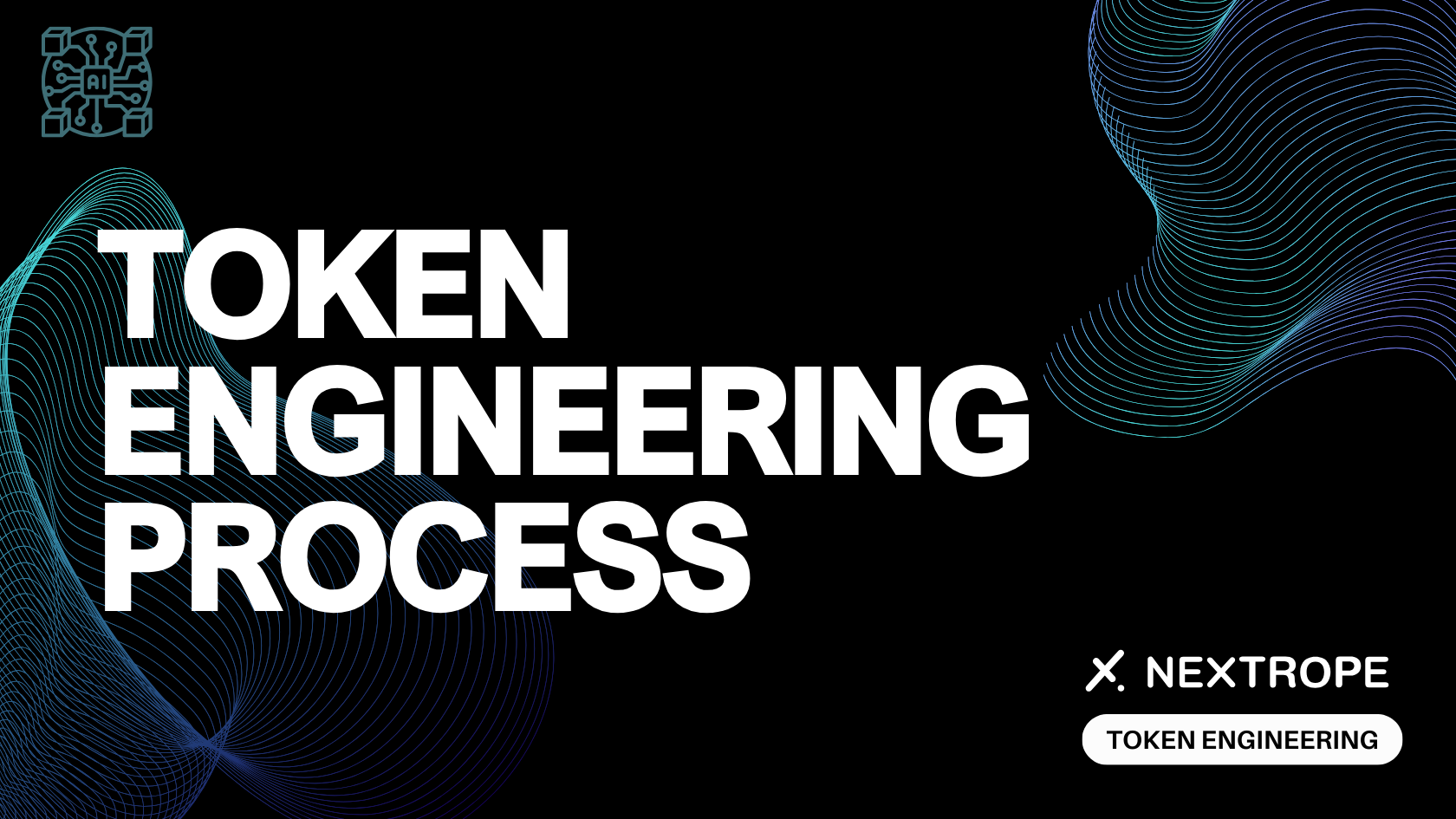In smart contracts, the details of the agreement between the buyer and seller are directly encoded into lines of code. These contracts self-execute. On a blockchain network, the code and the agreements it contains are copied and saved.
We have compiled a list of typical smart contract flaws that users may encounter and methods that may be taken to safeguard them as experts in building smart contracts.
Reentrancy attacks
These exploits give an adversary the ability to repeatedly run a smart contract function and siphon off its cash.
In a reentrancy attack, a malicious contract calling a vulnerable contract is created by the attacker, who then waits for the vulnerable contract to execute a function that transfers money to their contract. Before the susceptible contract has an opportunity to change its internal state, the attacker's contract calls the vulnerable contract once more right away. The attacker can drain the cash from the susceptible contract by doing this procedure repeatedly.
Reentrancy attacks are particularly harmful since they can be carried out covertly over a long period of time and are frequently challenging to identify. They can also be challenging to stop since they frequently rely on flaws in the vulnerable contract's architecture.
Smart contract developers should put protective measures in place to guard against reentrancy attacks, such as employing mutexes (locking mechanisms) to prevent repeated calls to a contract's functions and thoroughly examining the contract's code for any potential vulnerabilities.
Unchecked send
This flaw enables an attacker to transmit a lot of tokens to a smart contract, thereby exhausting its resources and leading to failure.
An attacker uses a malicious contract to transmit a large number of tokens to a weak contract in a single transaction in an unchecked send attack. The susceptible contract might not have adequate security measures in place to handle the significant influx of tokens, which might lead to it running out of gas and failing. Due to this, the contract might no longer be usable, which could cause users who depend on it to lose money or other assets.
Send attacks that are left unchecked pose a special threat because they might be challenging to identify and have negative user effects. Smart contract developers should put safety measures in place to stop massive influxes of tokens, like limiting the number of tokens that can be sent in a single transaction, to protect against uncontrolled send attacks.
Integer overflow/underflow
This flaw occurs when a smart contract improperly handles integer arithmetic operations, potentially allowing an attacker to change the state of the contract.
When an integer value exceeds the amount that can be stored in the specified number of bits, it is said to have overflowed. The value may "wrap around" as a result and turn very little negative. When an integer value is less than the smallest amount that may be stored in the allocated number of bits, an integer underflow occurs. The value may "wrap around" as a result and turn into an extremely large positive number.
An attacker may take advantage of these weaknesses to influence the state of the contract and maybe get unauthorized access to money or assets. An attacker may, for instance, employ an integer overflow to make a contract move more money than it should or an integer underflow to make a contract transfer less money than it should.
Smart contract developers should thoroughly evaluate the code and implement safety measures to prevent integer overflow and underflow flaws. Using tools or libraries that can handle arithmetic operations involving huge integers is one method to achieve this. Utilizing data types that can store huge integer values without incurring overflow or underflow is another choice. It is crucial for developers to put these safeguards in place in order to guard against vulnerabilities that might be used by attackers.

Lack of access control
Without adequate access control safeguards, a smart contract may be open to unwanted alterations or attacks.
A smart contract may be open to attacks or illegal changes if the right access control procedures are not in place. For instance, if the contract does not have adequate security measures to prevent unauthorized access, an attacker might be able to alter the status of the contract or access sensitive data.
Smart contract developers should use measures like using access modifiers (e.g., "public," "private," or "internal") to control access to contract functions and data, as well as role-based access control to grant access to certain functions or data to specific groups or individuals, to prevent lack of access control vulnerabilities.
Lack of input validation
A smart contract may be vulnerable to malicious data being injected into it if input is not adequately validated, which might allow an attacker to modify the contract's status.
A smart contract may be vulnerable to malicious data being injected into it if input is not adequately validated, which might allow an attacker to modify the contract's status. For instance, a hacker could be able to take advantage of a lack of input validation to force a contract to send money to an unapproved address or to gain access to confidential information.
Smart contract developers should put mechanisms in place to validate the data that is input into the contract in order to guard against vulnerabilities caused by a lack of input validation. This could entail putting in place checks to make sure that data satisfies particular requirements prior to being accepted by the contract and using libraries or tools to validate data types, ranges, and formats.
Summary
Smart contract flaws can have detrimental effects on consumers, including the loss of money, the impossibility of accessing assets, and the disclosure of private or confidential data. It's critical that both consumers and developers are aware of potential vulnerabilities and take precautions to guard against them. Using mutexes to prevent concurrent calls to a contract's functions, limiting the number of tokens that can be sent in a single transaction, using tools or libraries that support arithmetic operations with large integers, putting in place access control measures, and validating data input into the contract are some of the methods covered in this article for securing smart contracts.
 en
en  pl
pl 







